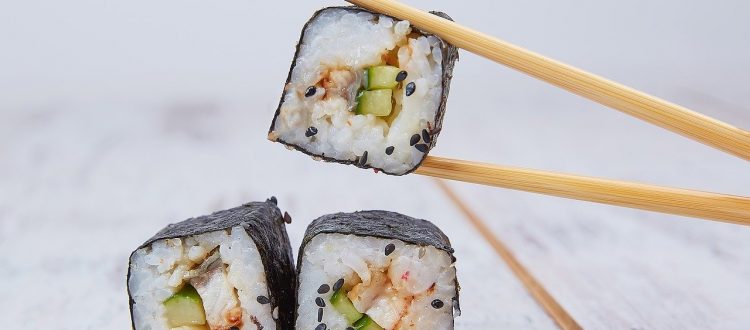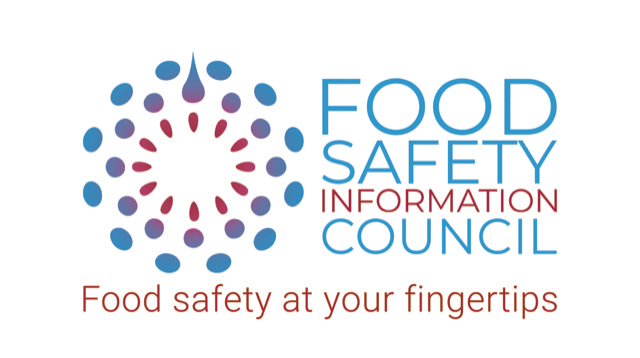
Fish is a food with a high nutritional value and should form part of our diet.
Many foods can contain parasites. When it comes to seafood, it’s not that the parasites are more dangerous, it is just that it has not been a problem in the past so the awareness of seafood parasites is not great. This makes certain seafood a bit riskier at the moment. There are a number of reasons why parasites in fish are becoming so important and mostly these are because of the changes humans have made to the environment. Education and raising awareness among all stakeholders can help to minimize the risk. Here is some information to help keep you seafood safe!
A lot depends on whether the seafood has been infected, is cooked or is still raw. Seafood which has been frozen or cooked to 63 degrees Celsius and kept at that temperature for 15 seconds is quite safe. However, if the seafood has not been frozen, is still raw, undercooked or cold smoked you need to be a little careful. There has been a sharp rise in reporting of parasitic illness around the world and Australia is not exempt.
There are a number of seafood parasites capable of causing illness in people. In Australia, there is very little awareness of the potential of seafood borne parasites to cause illness in humans and if you are ill a doctor may not, at this stage, recognise that your symptoms may be the result of a seafood parasite. The parasite of most concern is that which causes Anisakiasis. Actually the adult anisakid worm has not been shown to cause illness, it is the larval stage that is the problem. Research has shown that this worm is present in oceans worldwide, including in the oceans around Australia. So if you buy seafood from a retailer or catch your own you need to be aware of the risk.
Why has this suddenly become a problem? Partly it is due to changes in our dietary habits. Raw seafood dishes such as sushi, sashimi, gravlax and cold smoked salmon are very popular and that increases our risk of exposure. The trend now is to undercook fish or squid which can lead to survival of the anisakid and other parasites. Also, fishing boats that gut the fish at sea then throw the waste into the ocean where other fish and crustaceans can eat it can lead to more local contamination and infected fish. Lastly, the main hosts of anisakid are sea mammals, whales, dolphins, seals etc. As their numbers have recovered and distribution has broadened, there is a greater level of seafood contamination.
Some fish consume the parasites directly from infected crustaceans; herring, haddock, blue whiting, and juvenile plaice, mackerel and cod for example, whereas others, e.g. sharks, barracuda, monkfish and conger eels obtain them from the fish they eat.
Symptoms are wide ranging and can include tummy ache, vomiting, diarrhoea, as well as allergic type reactions such as tingly tongue, cough, a strange rash, heart palpitations or even anaphylactic shock. Symptoms can occur within six hours or up to a week after consumption. Although, allergic symptoms can occasional be immediate. Some of these symptoms may be prolonged or become chronic until the parasite is physically evicted or appropriate treatment is prescribed.
Safety tips
A number of steps can be taken to reduce the risk of infection from seafood-borne parasites:
- When possible purchase your seafood from reputable dealers. People who have been in the seafood trade usually will be aware of the steps needed to minimise the risk of parasite infections. Imported seafood relies on the country of export to check for parasites. Note where your seafood comes from when you buy it, and if you have doubts about its safety ask if it was frozen; if not cook it.
- If you are preparing raw seafood e.g. ceviche, sushi, sashimi, pickled fish or cold smoked fish at home it is best to freeze it first to kill any parasites present. As a general rule of thumb the recommended standard times to kill parasites in fish are freezing for a minimum of seven days. The larger the fish the longer you will need to freeze it to kill any parasites. However, killing parasites will not prevent allergic reactions.
- There is a trend to eat fish barely cooked. The temperature reached in such fish may not be sufficient to kill any seafood parasites which might be present. Research has shown that the temperature of the fish at its thickest part must reach 63 degrees Celsius and be kept at that temperature for 15 seconds or 60°C for 1 min to kill parasites. The larger the fish the longer you will need to cook it. You should test the internal temperature with a thermometer before serving. However, cooking will not destroy the allergens formed by the parasites.
- Cross contamination can be a problem if parasites are present. Like any raw food, you should wash and dry your hands thoroughly after handling raw seafood and wash any utensils and boards used with detergent before reuse. In some individuals contact dermatitis can occur from handling infected seafood.
- Vulnerable groups, elderly, pregnant women, children and those with reduced immune function are more prone to infection by parasites in seafood. The symptoms may include vomiting and diarrhoea and if left undiagnosed may result in death. The death of a child in Egypt followed a protracted illness and constant diarrhoea.
For Anglers who like to catch their dinner:
- Gut the fish you catch immediately. In some high-risk species of fish, Tiger flathead caught from the NSW coast for example, it is also a good idea to trim the belly flaps as well. Some parasites are capable of burrowing from the gut into the seafood flesh. The longer the time between catching and gutting the higher the parasitic population which might burrow into the fish muscle. This increases the risk of infection to humans.
- Some parasites can make the seafood flesh pasty or jelly like. You should discard any seafood with this type of texture.
Safety ‘Folklore’
Vinegar, lemon juice or salt will not kill the infectious stages of parasites. Some of the more robust parasites survive quite well for a number of days in the presence of acids and levels of salt below 10%.

